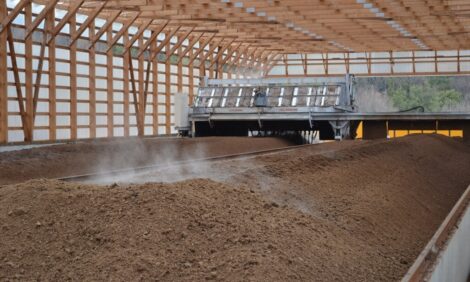



Best Practice in the Hatchery: Transfer by Aviagen
At around day 18 of incubation, eggs have to be taken out of the setters, moved from setter trays to hatcher baskets and transferred into hatchers to complete their last three days of incubation.What can go wrong?
The transfer process will involve all the eggs due to hatch on the relevant day and so can take several hours to complete.
If it is not carefully organised and monitored, there is a chance that the embryos in the eggs may become chilled or overheated; either will widen the hatch window and overheating can negatively influence chick quality or even be fatal if prolonged.
At 18 days of incubation, the eggs are also vulnerable to rough handling which can damage blood vessels or the egg shell.
Transfer damage can cost 2-3 per cent hatchability of fertile eggs when the process is not managed properly.

Best Practice for Transferring Eggs:
| 1 | Plan carefully, so eggs do not spend any more time out of the incubator than absolutely necessary. |
| 2 | Use a well-maintained vacuum lifter to move the eggs from setter tray to hatcher basket. |
| 3 |
Monitor the process, and the hatch debris regularly to make sure that eggs are not being damaged during transfer. |
To find out more about the key steps for transferring eggs safely, visit Aviagen®'s website for Arbor Acres®, Indian River® and Ross®.
More in the Best Practice series:









